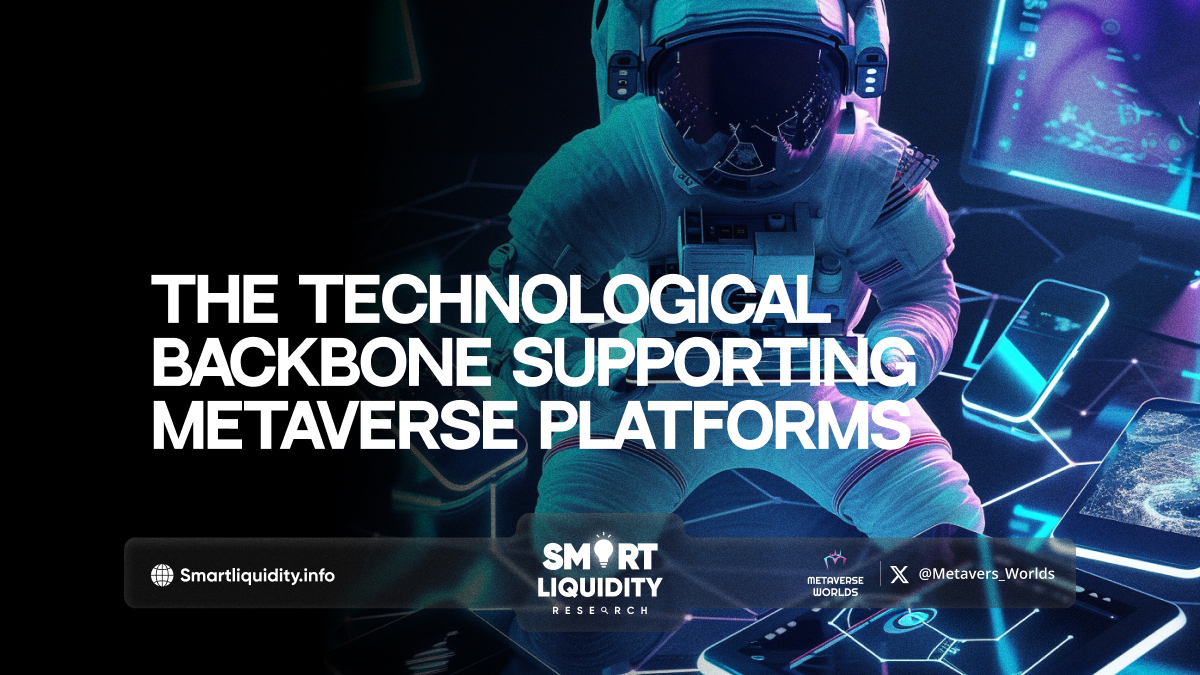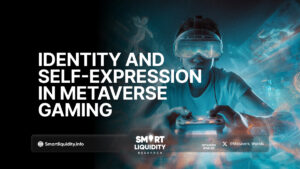The Technological Backbone Supporting Metaverse Platforms


The metaverse, an expansive digital realm where users interact through virtual avatars, relies on a sophisticated technological infrastructure. At its core, this virtual universe is powered by a blend of cutting-edge technologies that together create a seamless and immersive experience.
Firstly, virtual reality (VR) and augmented reality (AR) are crucial. These technologies allow users to experience digital environments as though they were physically present. VR creates a fully immersive experience by blocking out the physical world, whereas AR overlays digital elements onto the real world. By combining these technologies, the metaverse can offer both fully immersive and interactive experiences.
Additionally, blockchain technology plays a pivotal role. It ensures secure transactions and ownership within the metaverse. By leveraging decentralized ledgers, blockchain provides transparency and security, making it possible for users to buy, sell, and trade virtual assets with confidence. Consequently, users can own digital items and properties, contributing to a dynamic economy within the metaverse.
Cloud computing also underpins the metaverse. This technology enables scalable computing resources and storage, which are essential for handling the vast amounts of data generated by countless users. With cloud computing, metaverse platforms can offer real-time experiences and maintain high performance despite heavy traffic.
Moreover, artificial intelligence (AI) enhances user interactions. AI algorithms power everything from realistic avatars to adaptive environments that respond to user actions. This technology enables dynamic and personalized experiences, making the metaverse more engaging and interactive.
Finally, 5G technology ensures that connectivity is fast and reliable. The high-speed, low-latency network provided by 5G allows for smooth, lag-free experiences, which are crucial for maintaining immersion in the metaverse.
In conclusion, the metaverse is supported by a robust combination of VR, AR, blockchain, cloud computing, AI, and 5G technologies. Each component contributes to a cohesive, immersive digital universe, transforming how we interact with virtual environments.




